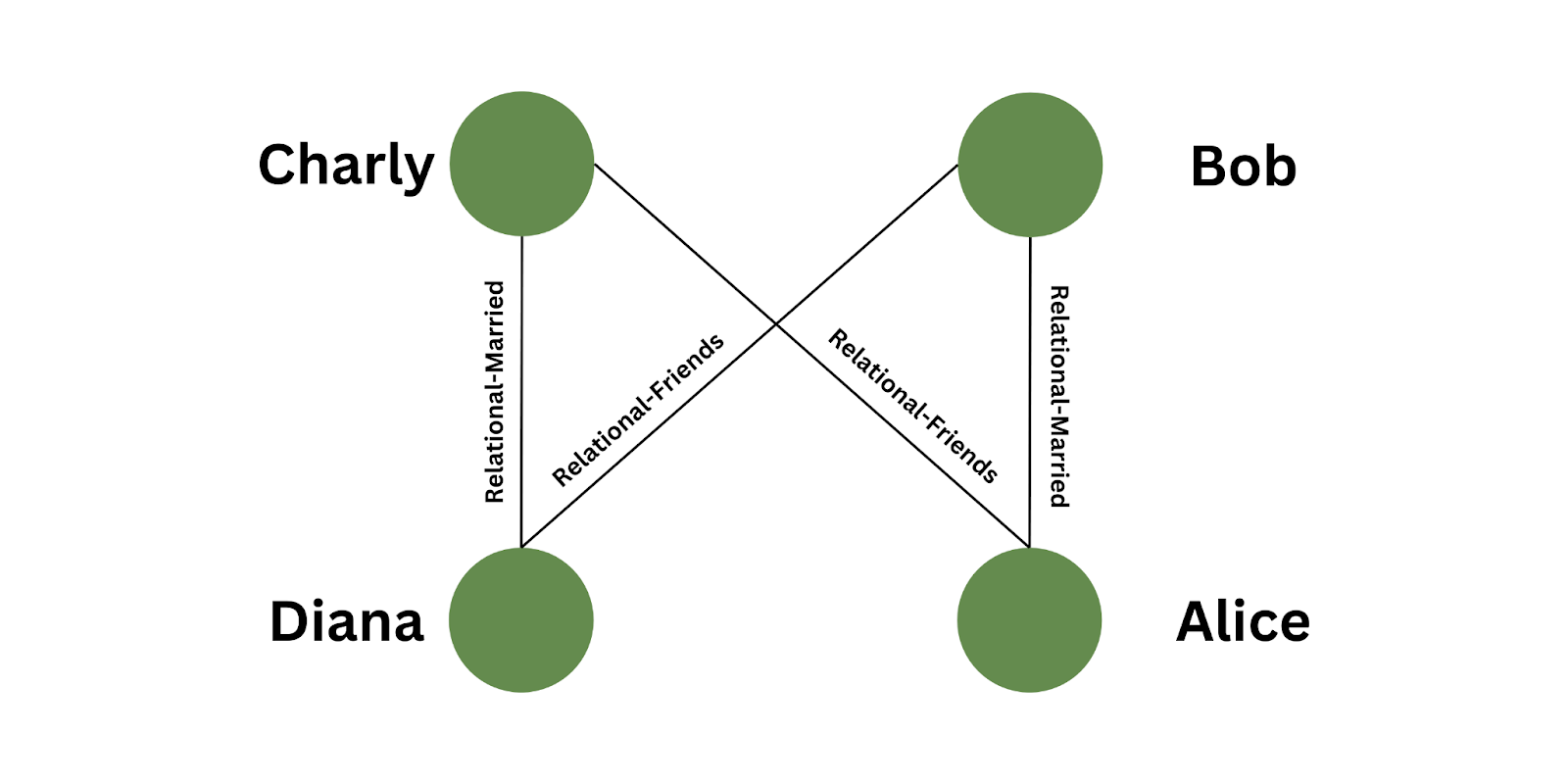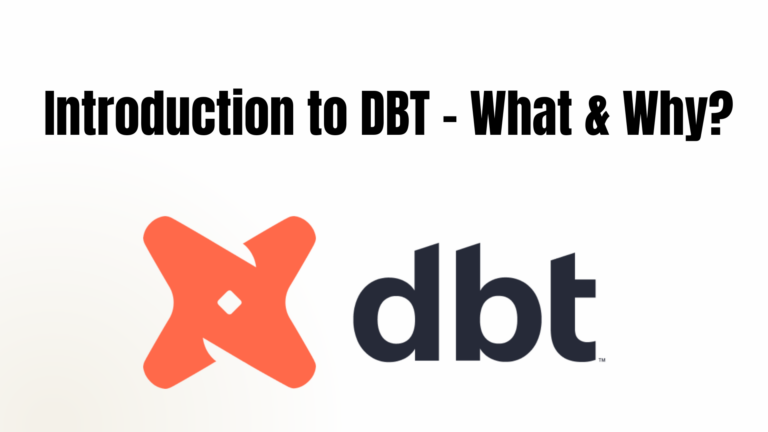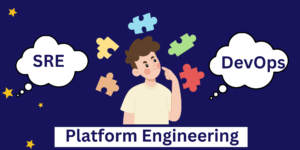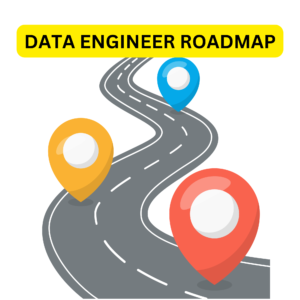Graph databases are useful for complex queries, like social network analysis, product recommendations, and fraud detection. They can help us discover new insights, solve problems, and uncover fraud.
It is no surprise that large companies like LinkedIn, Amazon, Netflix, and Spotify use graph databases to power their products and services. For example, LinkedIn uses graph databases to analyze its social network data and identify relationships between users. This information is used to provide users with personalized recommendations, such as who they might know, jobs they might be interested in, and groups they might want to join.
Table of Contents
Why Is a Graph Database Important?
A graph database is a type of NoSQL database that is designed to store and query complex networks of relationships between data entities. Graph databases are important for several reasons:
- Handling complex relationships: Traditional relational databases are not designed to handle complex relationships between data entities. They are optimized for storing and querying structured data, but they struggle with data that has complex relationships, such as networks, hierarchies, and graphs. Graph databases, on the other hand, are optimized for handling these types of complex relationships, making them ideal for applications that involve social networks, recommendation systems, fraud detection, and network security.
- Scalability: Graph databases are designed to scale horizontally, which means that they can handle large amounts of data and scale to meet the needs of growing organizations. They are also optimized for distributed computing environments, making them ideal for cloud-based applications.
- Flexibility: Graph databases offer a flexible data model that can accommodate changing data structures and schema. This makes them ideal for applications where data is constantly evolving or where the schema is not well-defined.
- Performance: Graph databases are optimized for querying complex networks of relationships, making them much faster than traditional relational databases for certain types of queries. They are also optimized for handling large amounts of data, making them ideal for applications that involve massive datasets.
- Real-time processing: Graph databases can handle real-time data processing, making them ideal for applications that require immediate insights and actions, such as fraud detection, recommendation systems, and social media analysis.
- Machine learning: Graph databases are a natural fit for machine learning applications, as they can efficiently store and query large amounts of data that are connected by complex relationships. This makes them ideal for applications such as recommendation systems, fraud detection, and predictive modeling.
In summary, graph databases are important because they offer a powerful tool for handling complex relationships, scalability, flexibility, performance, real-time processing, and machine learning capabilities. They are ideal for applications that involve social networks, recommendation systems, fraud detection, network security, and other complex networks of relationships.
What Is a Graph Database?
A graph database is a type of database that stores data in the form of nodes and relationships. Nodes represent entities, such as people, products, or places. Relationships represent the connections between entities, such as friendships, purchases, or travel itineraries. Here is an example of what a graph database looks like
In the example of tracking contact, a graph database can be used to store data about the relationships between people we have met. Each person can be represented as a node in the graph so we have four nodes(Alice, Bob, Diana, and Charly), and the relationships between people can be represented as edges between the nodes. For example, we could create an edge between two person nodes to represent the relationship of marriage like the relationship between (Alice and Bob), and another edge to represent the relationship of friendship like the relationship between (Diana and Bob). This information can then be used to power a recommendation system.
This type of data can be difficult to store and query in a traditional relational database. However, it is well-suited for a graph database. This is because graph databases can efficiently store data that is connected in a complex way. They can also efficiently query data based on the relationships between entities.
Another example is Spotify uses graph technology to power its recommendation engine. The graph stores the relationships between songs, such as who has listened to which songs, who has created which playlists, and which songs have been played together. This information is used to recommend new songs to users based on their listening history and the listening history of other users.
Best Graph Databases
There are many great graph databases on the market, each with its own strengths and weaknesses. Here are a few of the best graph databases:
ArangoDB: ArangoDB is a document-oriented graph database that is known for its flexibility and performance. It is a good choice for use cases that require a lot of flexibility, such as social media analytics and logistics management.
Neo4j: Neo4j is one of the graph databases and is known for its ease of use and scalability. It is a good choice for a variety of use cases, including social network analysis, fraud detection, and recommendation engines.
TigerGraph: TigerGraph is a high-performance graph database that is known for its speed and scalability. It is a good choice for use cases that require a lot of data processing, such as fraud detection and financial trading.
Amazon Neptune: Amazon Neptune is a managed graph database service that is offered by Amazon Web Services (AWS). It is a good choice for businesses that want to use graph databases but do not want to manage their own infrastructure.
Microsoft Cosmos DB: Microsoft Cosmos DB is a fully managed graph database service that is offered by Microsoft Azure. It is a good choice for businesses that want to use graph databases and need to support global scalability and high availability.
Graph Database Use Cases
Graph databases are the foundation of graph analytics and graph machine learning. They provide a way to store and query data that is connected in a graph-like structure, which is essential for these two fields.
Graph analytics is the process of extracting insights from graph data. This can be used for a variety of purposes, such as:
- Social network analysis: Graph analytics can be used to identify relationships between users in a social network. This information can be used to improve the way that social networks are designed and operated.
- Fraud detection: Graph analytics can be used to identify fraudulent transactions by analyzing the relationships between transactions and users. This information can be used to prevent fraud and protect consumers.
- Recommendation engines: Graph analytics can be used to build recommendation engines that recommend products, services, and content to users. This information can be used to improve the user experience and increase sales like the Spotify example which we discussed earlier.
Graph machine learning is the process of using machine learning techniques on graph data. This can be used for a variety of purposes, such as:
- Link prediction: Link prediction is the task of predicting links between nodes in a graph. This can be used for a variety of purposes, such as recommending friends on social networks like the LinkedIn example which we discussed earlier. Or identifying potential fraudsters.
- Node classification: Node classification is the task of classifying nodes in a graph into a set of pre-defined categories. This can be used for a variety of purposes, such as classifying products in an e-commerce website and identifying diseases in a medical dataset.
- Pathfinding: Pathfinding is the task of finding the shortest path between two nodes in a graph. This can be used for a variety of purposes, such as routing traffic in a transportation network and finding the best way to solve a problem.
These are just a few examples of the many use cases for graph databases. Graph databases are a powerful tool for handling complex networks of relationships and can be applied to a wide range of industries and applications.
Conclusion:
Graph databases offer a compelling solution for managing and analyzing connected data. The ability to represent and store relationships between data entities makes them an essential tool in various fields, from social networks and recommendation systems to fraud detection and network analysis. Graph databases provide efficient query performance, enabling fast retrieval of connected data and eliminating the need for complex join operations found in traditional databases. This efficiency, coupled with their flexibility and scalability, allows for deeper insights and more accurate analysis of complex datasets.
The importance of graph databases lies in their ability to capture and leverage the relationships within data, facilitating a better understanding of the interconnected nature of information. By utilizing specialized algorithms and data structures, graph databases enable advanced analysis techniques and pattern recognition, unlocking valuable insights that may remain hidden in traditional database systems. With the increasing prevalence of interconnected data, graph databases have become indispensable tools for researchers, analysts, and businesses seeking to derive meaningful information from complex networks and unleash the full potential of their data resources.
Read About What are Transactional Databases?




